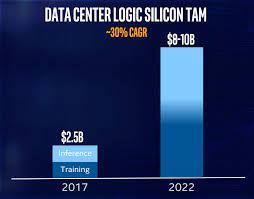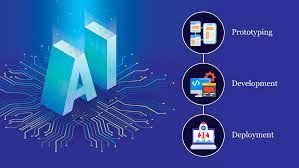As a business owner, understanding the total addressable market for AI cybersecurity is essential to make informed decisions about investments in this technology. In this guide, we will provide an overview of the factors that impact the total addressable market for AI cybersecurity.
Factors Affecting the Total Addressable Market for AI Cybersecurity
The total addressable market for AI cybersecurity is affected by several factors, including:
- Cybersecurity risks: The growing number and complexity of cybersecurity risks, including phishing attacks, malware, and ransomware, are driving the demand for AI cybersecurity solutions.
- Regulatory compliance: Organizations are required to comply with a range of regulations related to data privacy and security, including GDPR and CCPA. These regulations are driving the demand for AI cybersecurity solutions.
- Increased adoption of cloud computing: The increased adoption of cloud computing has created new cybersecurity challenges that traditional cybersecurity solutions may not be able to handle, driving the demand for AI cybersecurity solutions.
Market Segmentation for AI Cybersecurity
The total addressable market for AI cybersecurity can be segmented into the following categories:
- Large enterprises: Large enterprises, including Fortune 500 companies, have the most significant need for AI cybersecurity solutions due to the high volume of data they handle and the potential impact of a cyber attack.
- Small and medium-sized enterprises (SMEs): SMEs are increasingly targeted by cyber criminals due to their often-limited security resources, driving the demand for affordable and effective AI cybersecurity solutions.
- Government organizations: Governments at all levels require robust cybersecurity solutions to protect their networks and sensitive data, driving the demand for AI cybersecurity solutions in the public sector.
Market Size and Growth Projections
The total addressable market for AI cybersecurity is expected to continue to grow in the coming years, driven by the factors outlined above. According to a report by MarketsandMarkets, the global market for AI cybersecurity is projected to grow from $8.8 billion in 2020 to $38.2 billion by 2026, representing a compound annual growth rate of 26.3%.
Conclusion
As the cybersecurity landscape continues to evolve, the demand for AI cybersecurity solutions will continue to grow. By understanding the factors that impact the total addressable market for AI cybersecurity and the market segmentation for this technology, businesses can make informed decisions about investing in this technology to protect their networks, data, and customers.



